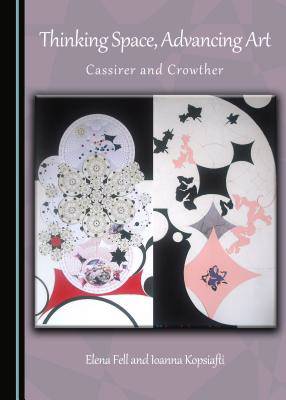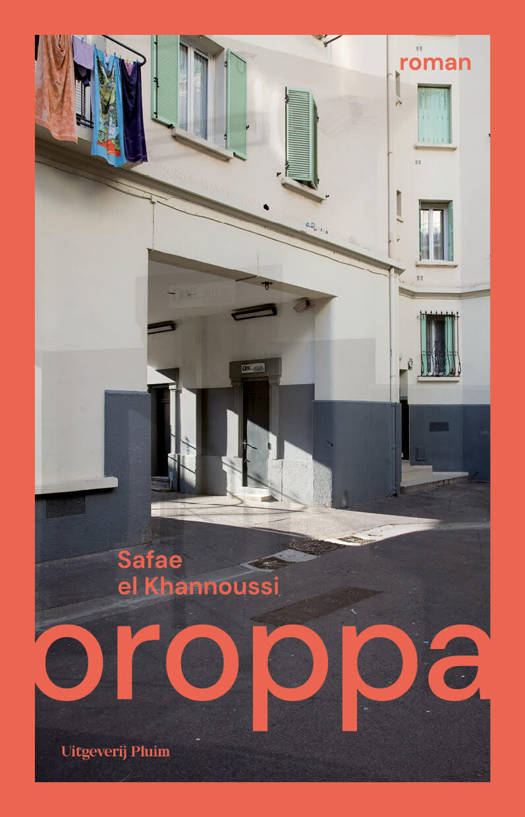
- Afhalen na 1 uur in een winkel met voorraad
- Gratis thuislevering in België vanaf € 30
- Ruim aanbod met 7 miljoen producten
- Afhalen na 1 uur in een winkel met voorraad
- Gratis thuislevering in België vanaf € 30
- Ruim aanbod met 7 miljoen producten
Zoeken
Thinking Space, Advancing Art: Cassirer and Crowther
Cassirer and Crowther
Elena Fell, Ioanna Kopsiafti
Hardcover | Engels
€ 58,95
+ 117 punten
Omschrijving
Existing art theory is obsessed by theories of spectatorship based on concepts of signification derived from language. This book shows the weakness of such a perspective, and, as an alternative, argues that individual aesthetic transformations of pictorial structure change one's experience of space. In addition, it proves that this transformation is an ongoing process; pictorial art is progressively articulated through historical development, and is, therefore able to increase its cognitive and aesthetic scope. To support such a perspective, the book brings together ideas from Ernst Cassirer and Paul Crowther. Cassirer's philosophy of symbolic forms offers a profound way of understanding historical transformations in our experience of space, and Crowther's work on imagination and aesthetics shows how this can be extended to pictorial space and the uniqueness of pictorial art. By combining the two approaches, it is demonstrated how pictorial art extends our basic involvement in, and cognition of, space, and provides it with a special kind of aesthetic meaning.
Specificaties
Betrokkenen
- Auteur(s):
- Uitgeverij:
Inhoud
- Aantal bladzijden:
- 145
- Taal:
- Engels
Eigenschappen
- Productcode (EAN):
- 9781443880695
- Verschijningsdatum:
- 1/11/2015
- Uitvoering:
- Hardcover
- Formaat:
- Genaaid
- Afmetingen:
- 147 mm x 208 mm
- Gewicht:
- 385 g

Alleen bij Standaard Boekhandel
+ 117 punten op je klantenkaart van Standaard Boekhandel
Beoordelingen
We publiceren alleen reviews die voldoen aan de voorwaarden voor reviews. Bekijk onze voorwaarden voor reviews.











